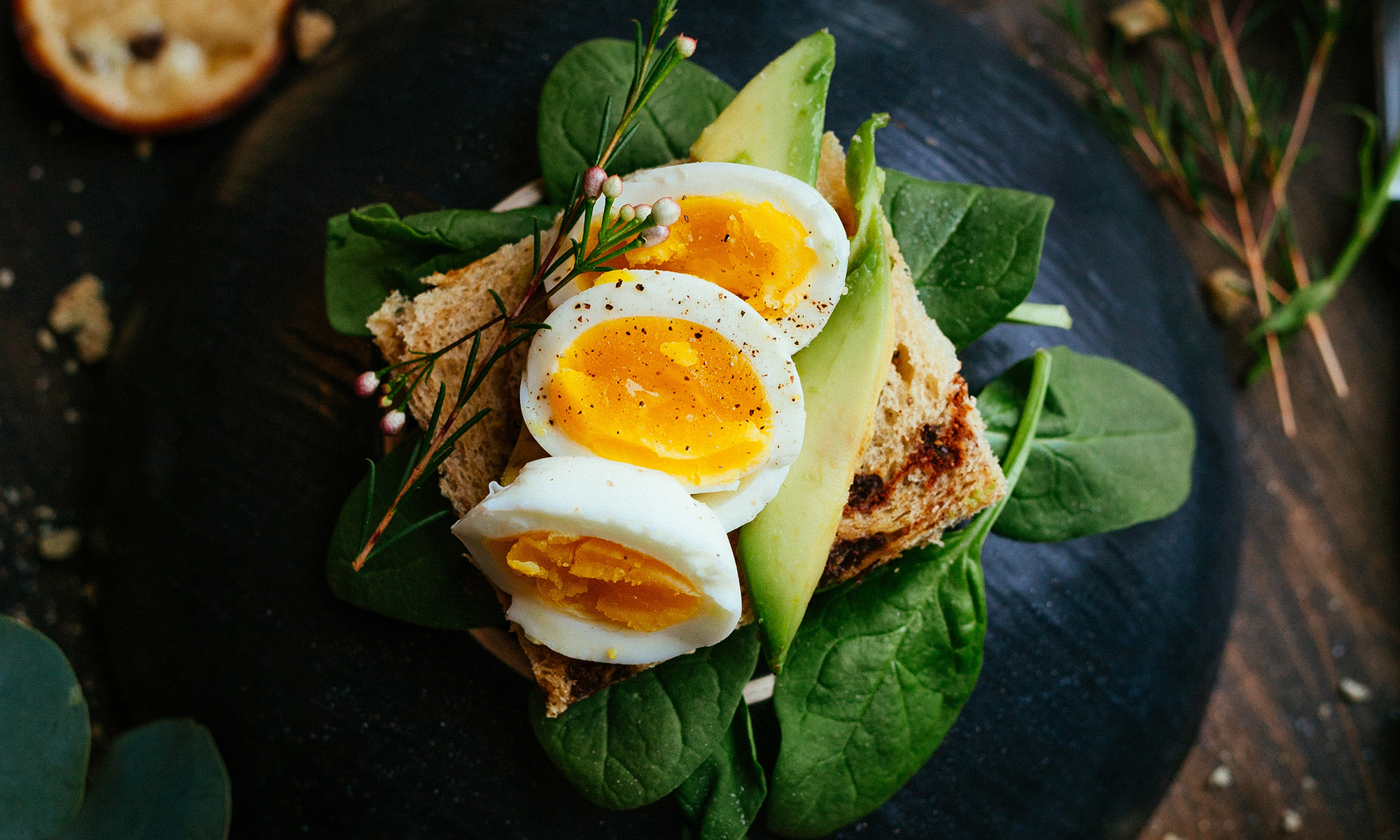Without question, Hurricane Irene wrecked havoc all along the East Coast. People died, farms flooded and roads washed away. And with Tropical Storm Lee having come up on her heels, the land is slow to recover.
At Even’ Star Farm, the effects are not overtly obvious. Sure, as you drive down Far Cry Road, you see a few remnants of fallen trees. But the green houses are in-tact and the barn is still standing.
The real impact is evidenced in the fields. While still alive, the tomato plants have stopped producing. The fruit is cracked and ugly. The only summer crops still producing are the eggplants, peppers and sweet potatoes. And it will be many weeks before the fall crops reach peak production.
The bright spot can be found in the woods… behind the north fields. Under the damp brush of fallen trees and decomposing leaves are the mushrooms. Pounds and pounds of glorious mushrooms… Honey Cap, Shiitake, Black Trumpets, Golden Chanterelles and the beloved Porcinis.
After the daily chores are done, with a few more hours of daylight, Brett and I venture into the woods. Despite the attack of mosquitoes (I will spare the photos of my red-pocked arms), Brett is buoyed by the expanse of mushrooms.
Porcinis…
Chanterelles…
The mushrooms are inspected on site. If they are not suitable for consumption, either bug infested, slightly rotten or of a bitter variety, Brett perches them on a log so they can continue to spread their spores and propagate the woods with more fungi. Even the non-edible varities, he treats in this manner to keep the ecosystem in balance.
When we returned to the house, Brett said to me, “You must be really dedicated to your blog to stop and take photos when the mosquitoes are chowing on you.” Indeed. And this is not nearly as bad as the time we were mushrooming and I walked through a tick nest. When I took off my shoes, I found THOUSANDS of ticks covering my feet. I can assure you, I will never hear me quibble at the price of wild mushrooms. And you shouldn’t either.
Creamed Mushrooms
1 tbs. butter
1 1/2 lb. wild mushrooms
1/4 cup chopped shallots
1 tbs. sliced garlic
1 cup cream
1 tsp. whole grain mustard
1/2 bunch thyme
2 tbs. cognac
Salt pepper and lemon juice to taste
Heat a large skillet over a medium-high heat and add butter. Sauté mushroom, garlic and shallots. Add cognac, and reduce before adding the cream and 2 tsp. chopped thyme. Reduce by half. Stir in mustard. Season to taste with salt, pepper and lemon juice.

